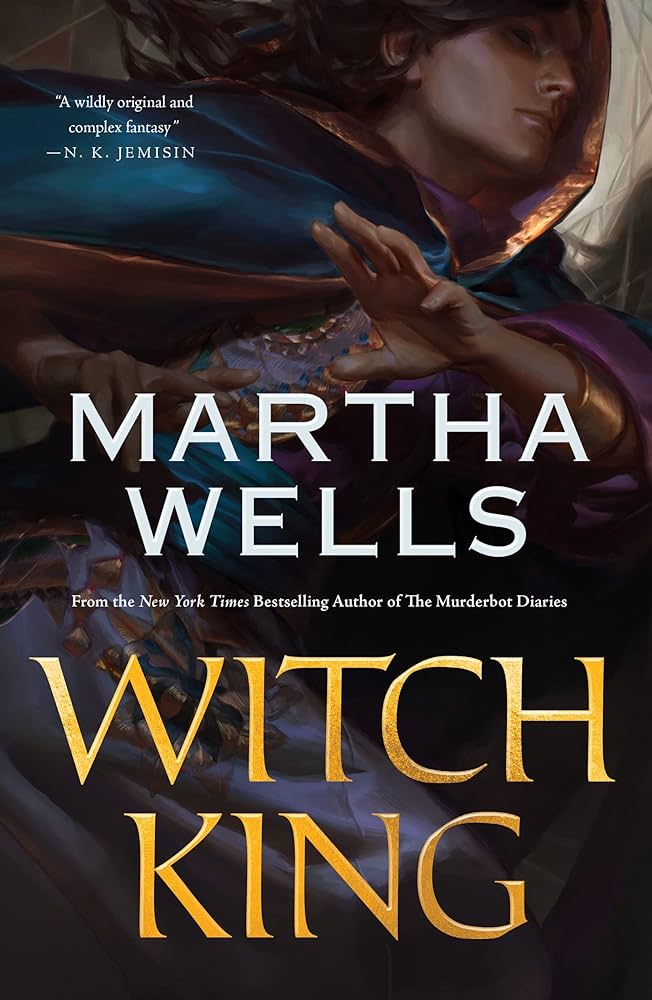A fascinating book about bees (and occasionally other arthropods) that looks at their behaviour and possible intelligence. Using research done by others or conducted by his team, he shows that bees are not automatons with preprogrammed actions or behaviours, but are individuals that can learn and act on their experiences of the world around them.
The rest of this review looks at each chapter of the book and what it has to say about bee behaviour and thinking.
In "A Poor Sense of Direction", the author looks at how bees navigate their environment and contrasts this with his own poor sense of direction. Despite the bee's small brain, bees have a remarkable sense of direction, able to use clues (visual, electrical, touch, etc.) to guide them towards flowers and back to their hives. Experiments to alter these clues (moving objects placed around the hive and flowers, for example) show how bees rely on these clues to get around. As flying takes a lot of energy, bees have an incentive to optimise their flight paths to get food efficiently: experiments show how bees converge on optimal flight paths after a few trips.
"The Fragrance of Déjà vu" looks at how bees (and other social insects) can recognise and learn from one another. The bodies of bees give off odours, a mixture that consists of their queen's odour, the food and their environment, that can be used to identify bees to each other. Social bees can be less discriminating, allowing hives to be put close together with some mixing of worker bees. In extreme situations, this odour discrimination can be lost, giving rise to 'supercolonies' with many individual queens and workers mixing together (like the massive Argentine ant supercolonies now found in Europe). In contrast, some wasp species can use visual (facial) identification to identify members of their family. Being social insects, bee can also learn from one another. Through experiments, it has been shown that bees that observe other bees perform an action (gather pollen, solve a problem to get a reward) can learn from the observation and perform the same actions, or improve upon it.
"The Limits of a Miniature Intelligence" looks research done on the bee's brain to figure out how it is organised and what it can do. Experiments with stimuli show that bees can be conditioned to associate actions with stimuli to get a reward (like Pavlov's dogs). Bees are also shown to be able to count and even understand the concept of zero. Interestingly, research on wasp that have a social hierarchy show that they are able to infer the order of non-adjacent patterns (if A > B and B > C, therefore A > C). Like another intelligent animal (us), bees (and insects) can also have moods. Flies denied mating choices, for example, tend to feed on alcoholic food, just like depressed people. Bees also have a good sense of self and are able to judge which holes they can fit through. Bees can also know what an object feels like in the dark after being show the object in light (without touching): an impressive test of imagination.
"The Superorganism" looks at how a hive can become more intelligent than individual bees via the 'wisdom of the crowd'. When social bees need to find a new place to build a hive, scouts go out to look for possible locations and return. They then perform actions that indicate the suitability of the location. But while this is happening, other scouts also go out and return with their own location information. These scouts either enhance or inhibit the actions of the earlier scouts, leading to their signals being depressed or enhanced. Once a particular location has the support of many scouts, the decision is made. The hive intelligence also arises because bees are individuals: some bees are very efficient at gathering from some kinds of flowers, while others are not as efficient but are generalist gatherers. This allows the hive to thrive in good times (when some flowers are readily available) and bad times (when there are fewer good flowers but more of many kinds).
"Achilles' Tarsus" looks at the effects insecticides, pollution and poor nutrition can have on bees. Since the brains of bees are small, only a few neurons need to be damaged to alter the bee's behaviour for the worse. Like humans, bees need a varied diet, but the use of bees to pollinate only one type of plant at a time in agriculture causes nutritional problems. These problems can be minimised, but it needs public education and awareness to make people aware of these problems and to convince people how remarkable bees are and what they can do for us and the environment.















